Gravel bikes are incredibly popular right now, and for some cyclists, they could be the perfect “one-bike” solution. Many of us, including myself, find ourselves riding our gravel bikes on roads quite often. Whether it’s by choice or necessity to reach gravel trails, it begs the question: how much slower are they compared to a dedicated road bike when it comes to speed on tarmac?
I’m definitely not alone in using a gravel bike for my regular commute, even when most of the route is paved. The more upright riding position, numerous mounting points for accessories, and added comfort from high-volume tires make gravel bikes versatile beyond just rough terrain. But, just how much faster would my commute be on a road bike? Let’s investigate!
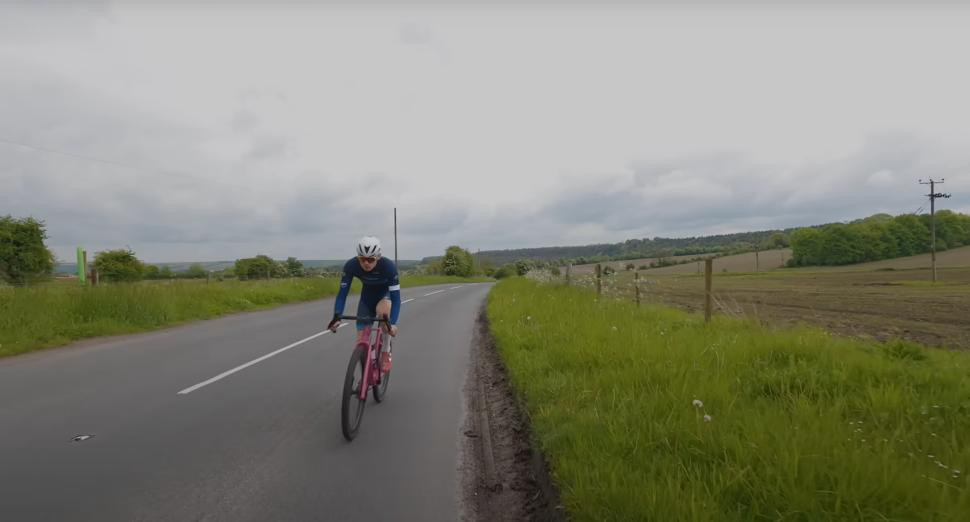 2023 Lauf Seigla road.cc kit gravel bike on road 2
2023 Lauf Seigla road.cc kit gravel bike on road 2
Recently, we’ve explored comparisons between race bikes and endurance bikes, endurance bikes and gravel bikes, and even delved into the world of all-road bikes. If there’s a key takeaway from these comparisons, it’s that many cyclists appreciate a bike that can handle a variety of riding conditions.
I personally enjoy reading comments about the diverse and sometimes unconventional ways people are using their bikes, often for purposes beyond their original design. This got me thinking: is owning two wheelsets really worthwhile? Is a gravel bike truly slower than a road bike? And, perhaps a more humorous thought, what are the rules about shaving legs if you’re riding a gravel bike on the road?
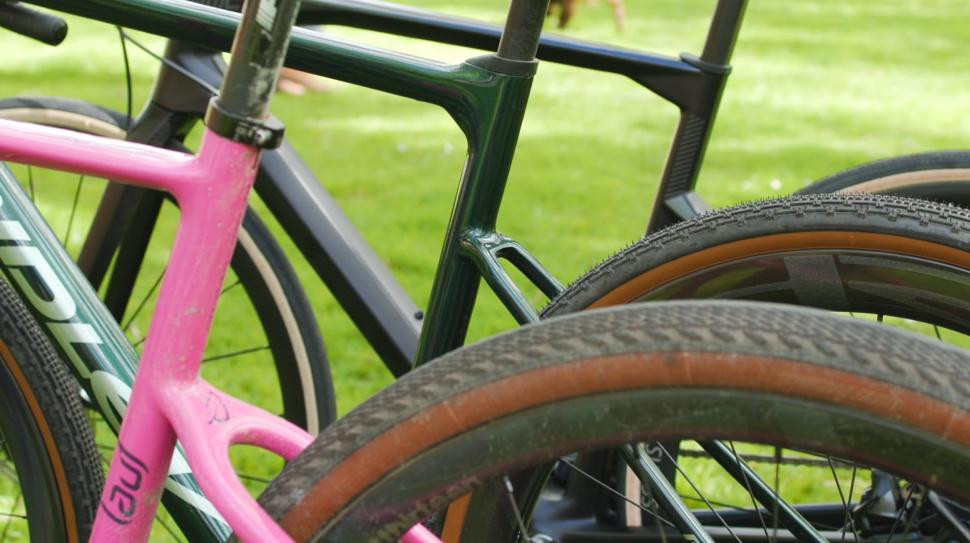 2023 gravel bike vs allroad bike vs road bike rear tyres
2023 gravel bike vs allroad bike vs road bike rear tyres
> What is an all-road bike? Is this new bike breed really an N+1 killer?
For our comparison test, we used two bikes. One was configured for gravel riding and the other for road cycling. The gravel bike featured flared handlebars, a gravel-specific groupset (SRAM Rival AXS XPLR), and high-volume, semi-knobby 45mm Schwalbe G-One Allround tires. The road bike was equipped with narrower 28mm tires and a Shimano Ultegra Di2 groupset.
Of course, there are arguments to be made about optimizing the gravel bike for road use, such as swapping to narrower tires. Conversely, the road bike could be made slower by, for instance, changing to less aerodynamic wheels. However, I chose these setups because they represent how I typically ride each bike. They also are of comparable value.
I planned to ride both bikes multiple times on a flat route, up a climb, and then on a descent to determine if my cycling companions would be left behind if I opted for the gravel bike on our next group ride.
Test Methodology
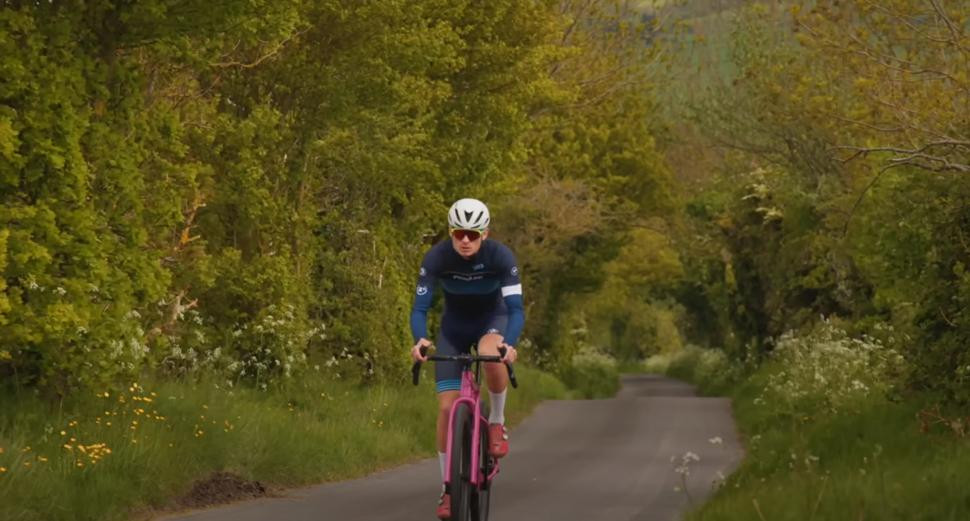 2023 Lauf Seigla road.cc kit gravel bike riding shot on road
2023 Lauf Seigla road.cc kit gravel bike riding shot on road
To ensure a fair test, we aimed for consistent conditions. Lacking a wind tunnel and rolling resistance equipment, we relied on a calm day and my reliable Quarq power meters. For tire pressure, I used SRAM’s online calculator recommendations for road conditions for both sets of tires. This meant slightly higher pressures in the gravel tires than I’d typically use for gravel riding. However, this felt like a fairer approach – why wouldn’t you increase tire pressure if you’re riding your gravel bike on pavement?
Each test scenario was repeated three times on each bike (six runs total) to minimize anomalies and obtain more reliable average results. I wore identical cycling apparel for all tests and maintained consistent body positions: in the drops for descents and flat sections, and on the hoods for climbs.
Performance Test Results
Descending Speed Comparison
In hindsight, starting with the descent test, arguably the easiest, wasn’t the most strategic choice, but we proceeded. The descent was a straight 400m stretch – no corners, no braking, no pedaling, just pure focus on aerodynamics and rolling resistance!
The results clearly showed the road bike was faster downhill. This wasn’t surprising, but what factors contributed to this difference? The knobby gravel tires create more rolling resistance. Each tire knob deforms under pressure, generating heat and a noticeable humming sound – both indicators of wasted energy and reduced speed.
Websites like bicycle rolling resistance.com show that even the fastest gravel tires can be around 10 watts slower per tire at 28.8kph compared to road tires. It’s important to note these tests are on drums, so real-world road imperfections like potholes and stones might narrow the gap.
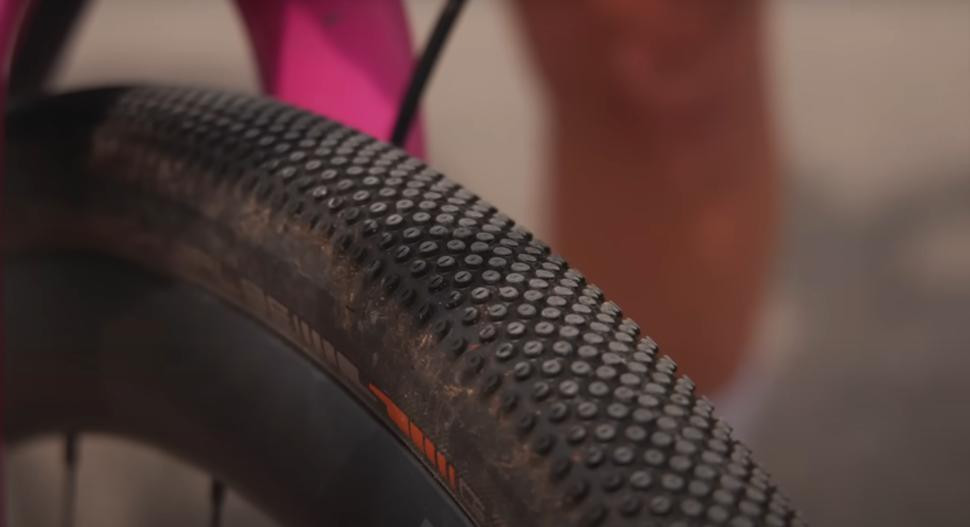 2023 Schwalbe G-One gravel tyre knobbles tread pattern
2023 Schwalbe G-One gravel tyre knobbles tread pattern
> Rolling resistance: why you need to choose your tyres carefully if you want to ride faster
Aerodynamics also played a significant role in the descent test. To maintain control on the gravel bike off-road, it has wider and higher handlebars. This increases my frontal area, meaning more of my body is pushing against the wind. This aerodynamic drag becomes more impactful at higher speeds due to its non-linear nature.
Finally, to ensure a fair test, I didn’t pedal during any of the descent runs. If I had, the gravel bike’s 1x groupset with a smaller top gear would have likely limited my pedaling speed above 50kph – another factor to consider for frequent high-speed road riding on a gravel bike.
Flat Road Speed Comparison
Moving to the flat road test, we again anticipated the road bike to excel. The course was predominantly flat, designed for speed, and ridden at a consistent 275 watts for all runs.
The results revealed that the road bike was, on average, a significant 1.24kph faster than the gravel bike. For my hour-long commute, this translates to a time saving of just under three minutes on similar terrain.
While the gravel bike didn’t feel overtly slow on the road, the speed difference was noticeable on faster sections as I monitored my Wahoo computer. One prominent observation was the wider gaps between gears on the 1x groupset. While offering comparable range to a 2x system, the larger jumps between gears made it harder to find an ideal cadence at certain points on the route.
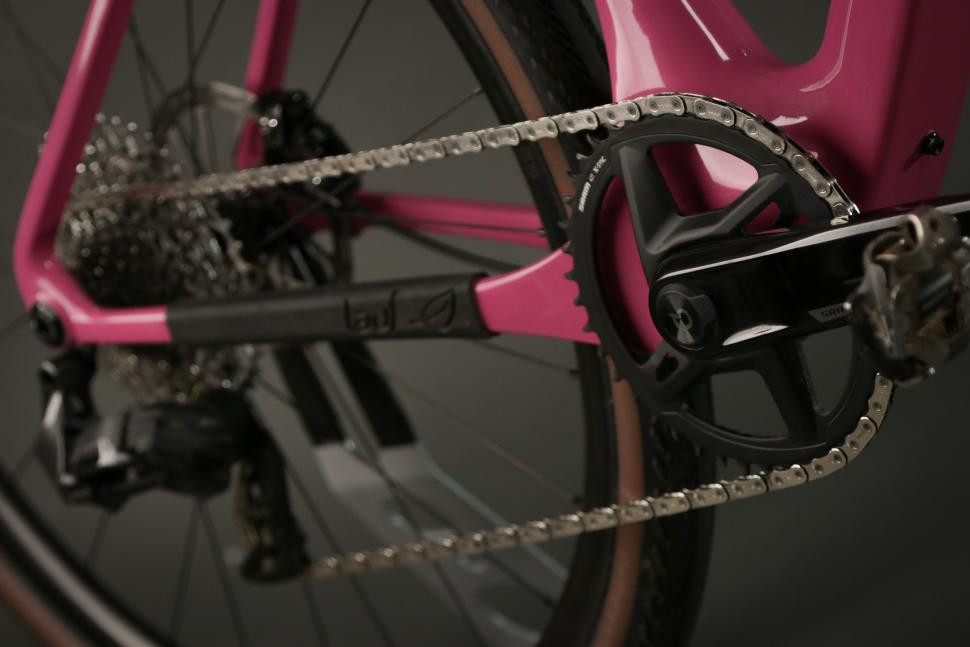 Lauf Seigla Weekend Warrior Wireless RCCR-3
Lauf Seigla Weekend Warrior Wireless RCCR-3
> Is Vingegaard going 1x for the Tour de France? Reigning Tour champion ditches a chainring at the Critérium du Dauphiné
For cyclists who frequently ride their gravel bikes on roads, a double chainring setup is a viable option. Unfortunately, my Lauf frame isn’t compatible due to maximizing tire clearance, but many other gravel bikes can accommodate a 2x configuration.
Similar to the descent test, rolling resistance and aerodynamic drag are the primary factors contributing to the speed difference on flat roads. However, riding in a group can mitigate the aerodynamic disadvantage of a gravel bike as drafting reduces the impact of frontal area.
Climbing Speed Comparison
Our final test aimed to minimize aerodynamic drag by focusing on a steep climb at lower speeds.
Despite having similar component specifications, my gravel bike is approximately 500g heavier than my road bike, a typical weight difference. Gravel bikes often have slightly more robust frames for durability on rough terrain (around 150g), plus sealant (50g), wider handlebars, and heavier tires.
However, on the climb, this weight difference had a surprisingly minimal impact. Across all six runs, I maintained an average power output within 1 watt of my 275-watt target, resulting in only a 0.2kph speed difference. At an average speed of around 12kph, aerodynamic advantages were negligible, making weight and rolling resistance the key factors.
 2023 wheels testing 2 climb test jamie riding
2023 wheels testing 2 climb test jamie riding
> How to improve your power-to-weight ratio — lose weight sustainably and get faster cycling up hills
The speed variations were so minor they could be within the margin of error. However, it’s reasonable to conclude that a gravel bike will be slightly slower on a steep climb, but the difference is minimal.
This test shed light on why my old Strava hill climb times, set on a rigid mountain bike, were surprisingly hard to beat. The weight and rolling resistance penalty of a gravel bike are relatively small, and there’s something to be said for the more open chest and lung position when climbing on a gravel bike. Perhaps it’s time to find a new excuse when I get dropped on climbs while riding my gravel bike!
Conclusion: Gravel Bike vs Road Bike on Pavement
 2023 wheels testing 2 flat test jamie riding
2023 wheels testing 2 flat test jamie riding
So, are gravel bikes truly versatile “jack-of-all-trades” bikes, or are they a “master of none”? While gravel bikes are undeniably slower on pavement compared to road bikes, the speed difference is surprisingly small. If my road bike is ever out of commission for repairs, I’d be perfectly content joining a group ride on my gravel bike.
On descents and flat sections, you’ll need to exert a bit more effort – perhaps around 30 watts more in a typical group ride, depending on drafting. However, on climbs, performance largely comes down to rider fitness, unless the margins are extremely tight. And who knows, that slight difference might just become your new bragging right!
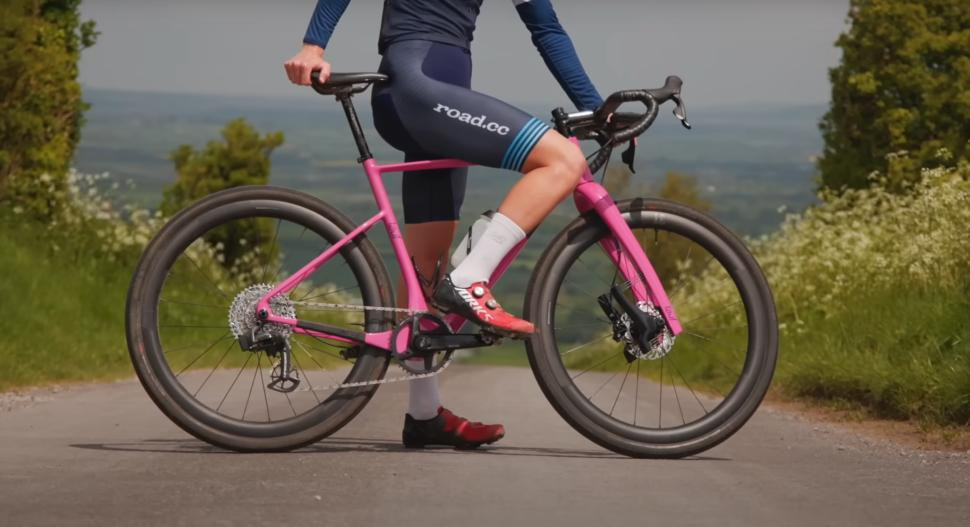 2023 Lauf Seigla road.cc kit gravel bike
2023 Lauf Seigla road.cc kit gravel bike
Share your experiences in the comments below! Do you ride your gravel bike on the road? Were the speed differences larger or smaller than you anticipated? If you enjoyed this article, you might also find our test on how much faster deep carbon wheels are! interesting.

